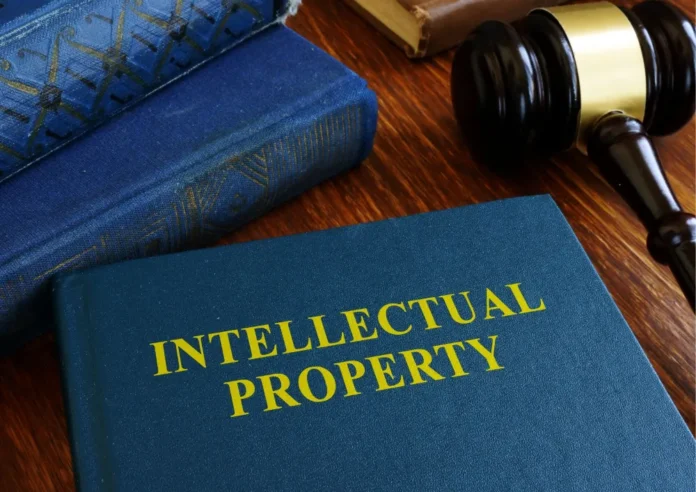Social media has transformed the way we create, share, and consume content. For startups, digital creators, and businesses, platforms like Instagram, YouTube, TikTok, and Twitter offer unprecedented opportunities to build an audience, market products, and monetize content. But with this ease of sharing comes a significant legal risk—copyright infringement. Many startups and creators unknowingly violate…
RELATED ARTICLES
© NewInAsia.com 2025








